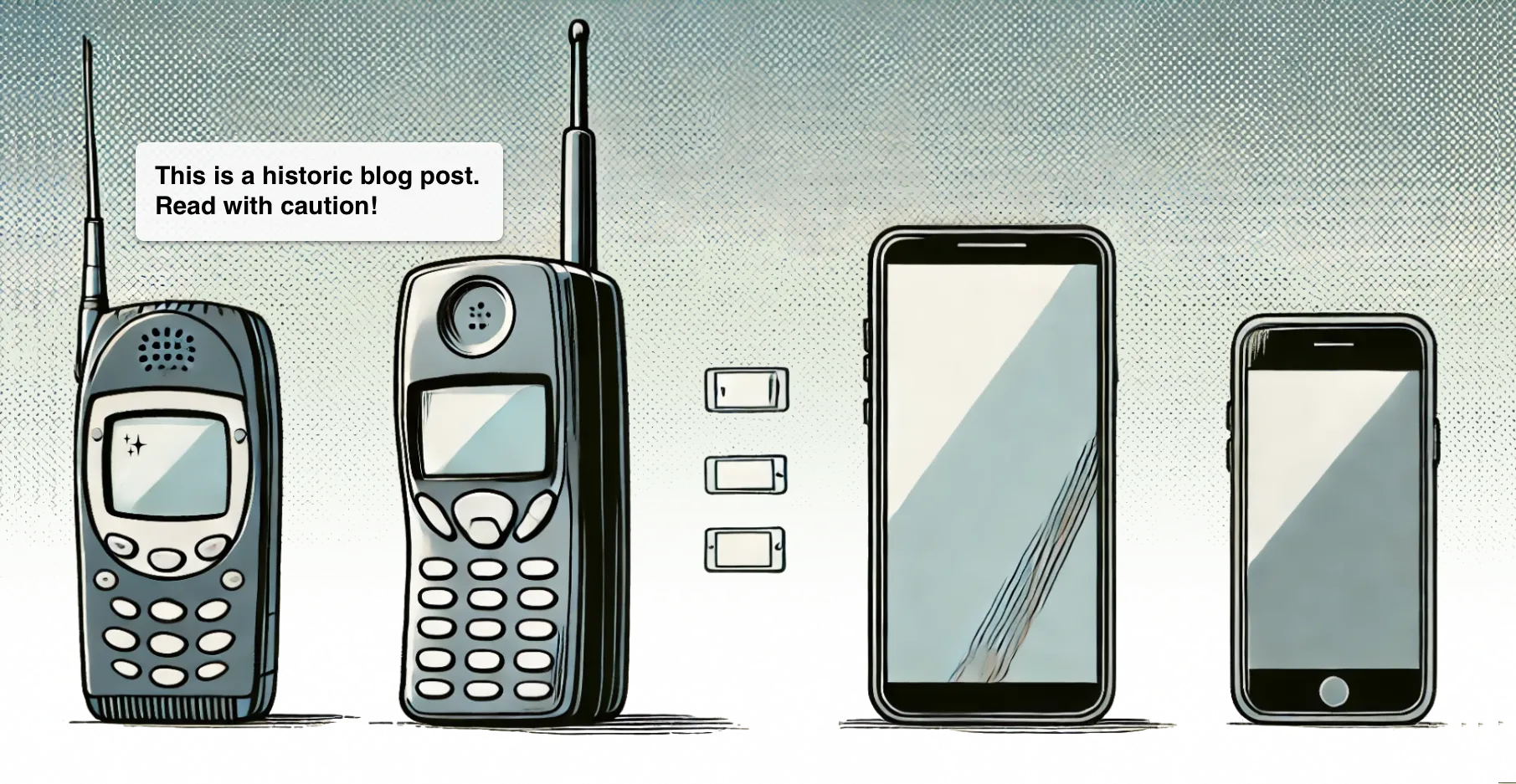What is the current level of usage and consumer interest for data services?
What is important to consumers, both for mobile and voice services?
What implications can be drawn from usage differences between segments, geographies or even between the distinct customer bases of operators and device manufacturers?
These questions were examined in the 2005 A.T.Kearney Mobinet study , which is an assessment of global consumer trends in mobile usage. By interviewing mobile users in 21 countries the company researched the degree to which consumers are adopting mobile data services.
Mobile phones - only for making phone calls?
Nearly 60% of the customers expect to use their mobile phone to make the majority of their calls over the next year. Only 4% of consumers expect to use VoIP for the majority of their calls next year. Alarmingly a significant number of consumers are not convinced that their mobile operator should offer anything more than basic voice service. The majority (80%) of the 65-year olds (or older) reject data services compared to 25% of the under 24-year olds. Probably one reason for this is, that older people are more afraid of new technologies/services.
Another important aspect is the price. 70% of mobile phone users see the price as the primary factor in choosing operator.
What is the current level of usage and consumer interest for data services?
Because the penetration of data-enabled, multimedia phones has increased to 53%, more consumers across all age groups are adopting mobile data services. Most of them (56%) use it
- to browse their operator’s portal,
- to browse the internet,
- to access mobile email,
- to download music,
- to stream music.
But many customers still use their mobile device simply to make voice calls. Although music downloads and email are beginning to make a noticeable contribution, services, such as streaming videos, have still not generated meaningful revenues.
The study points out that the growing penetration of new multimedia phones is the catalyst, why consumers are able to access multimedia services via their device. Also impressive is the fact that more than half of the handsets are less than one year old. As figure 1 below shows, there is a clear relationship between the average revenue per user (APRU) and the age of the phone the customer uses. People who have recently replaced their mobile phones are more likely to be heavier user of data services.

Development of Communication and Entertainment Services
Mobile Internet and email use has grown dramatically across Western Europe and America. 56% of all multimedia phone owners have browsed the operator portal (e.g. Vodafone live!) or have used email at least once a month. Although SMS is still an important service**, ** MMS, email or live video calling have grown steadily across most regions, even though they are in their early stages.
Entertainment services still lag behind communication, but younger consumer are eager for both music and gaming services. Today, 33% of them with multimedia phones download music (see figure 2). Gaming has also grown in Japan, America and Scandinavia, but levels of repeat use so far remain lower.

As figure 3 shows mobile TV is attractive to one-sixth of users especially between 18 - 44-year olds in Latin America, Asia and Eastern Europe. But they prefer TV content such as news and sports rather than entertainment programs.

Capturing the value from mobile data
To convert consumer interest into revenue has been a challenge for the past few years. One main reason was the difficulty navigating through the services on the phones. But this problem is solved. Two-thirds of users say that new services and functions are easy to use. Today, they are more concerned about the cost of mobile data (see figure 4). An important fact is that they are not willing to pay more than $5 a month for it.

Conclusion:
The 2005 A.T.Kearney Mobinet study gives us an interesting overview about the today’s mobile industry. Indeed, many customers continue to use their mobile phones primarily to make voice calls, but more and more users are adopting multimedia services. As the study points out it is still a marketing issue to change that. It is necessary to develop adequate marketing strategies for new data services (e.g. through pricing packages or improved user experience), because marketing significantly lags technology development. And without forcing new marketing models most of the market remains focused on purchasing basic voice services at lowest price possible.
After all a market for mobile services exist but needs to be market to the customers.
Source: atkearney.de
